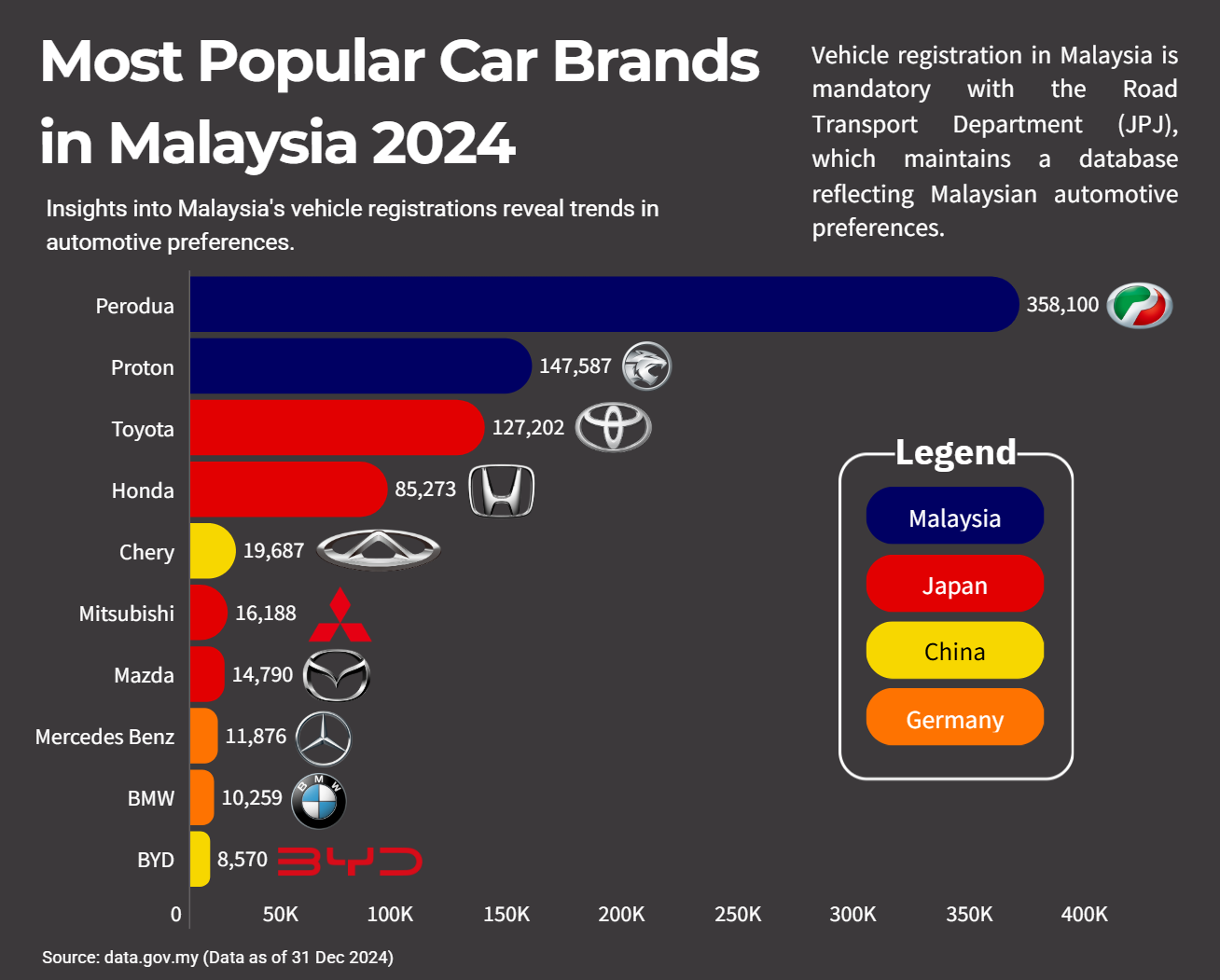Markets
Palm Oil Power: Malaysia’s Palm Oil Export Unit Value Indices (2012–2023)
.jpg)
Malaysia’s palm oil sector has experienced its fair share of market turbulence, followed by remarkable rushes in demand. Between 2012 and 2023, the nation’s Export Unit Value Indices (EUVIs) reveal an intricate narrative of recovery, growth, and global importance. These indices track changes in export prices over time, with 2010 serving as the baseline (2010=100). An index above 100 reflects a rise in average export prices, while an index below 100 indicates a decline.
The following analysis, based on data from the Department of Statistics Malaysia (DOSM), highlights key moments and shifts in Malaysia’s export unit value indices for palm oil over the last decade.
.png)
Challenging Early Years (2012–2017)
In 2012, Malaysia’s palm oil export unit value index stood at 113.78 strong, yet short-lived. By 2013, the index dropped to 96.3, marking a 15% decline. This downward trend continued, hitting a low of 93.21 in 2015, a period characterised by fluctuating global demand and economic uncertainty.
The situation improved slightly in 2016, with the index recovering to 100.41. Still, these years reflect a challenging phase, with global market instability directly impacting the value of Malaysia’s palm oil exports.
Strong Growth (2018–2021)
After years of market struggle, 2018 saw Malaysia’s palm oil export unit value index begin to climb once again. Although starting from 97.15 in 2018, by 2020 the index surged to 107.49, marking a notable recovery. The climb didn’t stop there. In 2021. The index saw an even sharper increase, with the index reaching 159.13, its highest in nearly a decade.
This period coincided with a spike in global demand for edible oils, as well as a rise in market prices. Palm oil, being a critical export, benefited from these favourable conditions, marking a significant turnaround for Malaysia’s exports.
Record Peak in 2022
2022 marked a milestone for Malaysia’s palm oil sector. The export unit value index hit an unprecedented 188.83, the highest in the observed period. This record-breaking year likely reflects several key factors: heightened global demand for palm oil, disruptions in supply chains, and shifts in commodity prices across the board.
The surge in export value underscored Malaysia’s dominance in the global palm oil market, with the country leveraged favourable conditions to achieve exceptional growth.
A Decline in 2023 (Jan–Jul)
In 2023, the index fell back to 137.3 during the period from January to July. While still elevated compared to pre-pandemic levels, this decline could indicate a normalisation of global markets or reduced international demand following the previous year’s extreme conditions.
However, despite the drop, Malaysia remains a significant player in the global palm oil market. Whether the dip in 2023 signals a long-term stabilization or a temporary slowdown will depend on how global market dynamics evolve in the coming months.
What Lies Ahead for Malaysia’s Palm Oil Exports?
As Malaysia’s palm oil export market stabilizes, key questions remain about the sector’s future path. Will global demand once again surge, pushing the EUVIs higher, or are we entering a period of sustained market stability? With shifting supply chains and fluctuating global demand, Malaysia’s palm oil industry remains at the forefront of the global edible oils market.
Markets Articles
insightHub
Your one-stop hub for the knowledge and insights you need to thrive in today's dynamic business landscape.
Headquarters
InfoCenter Sdn. Bhd
202201006129 (1451826P)
No. 111-2, Wisma PPC,
Jalan Dwitasik 1,
Dataran Dwitasik, Permaisuri,
56000 Kuala Lumpur
+603 9173 0045 / +603 9173 0142

.png)
